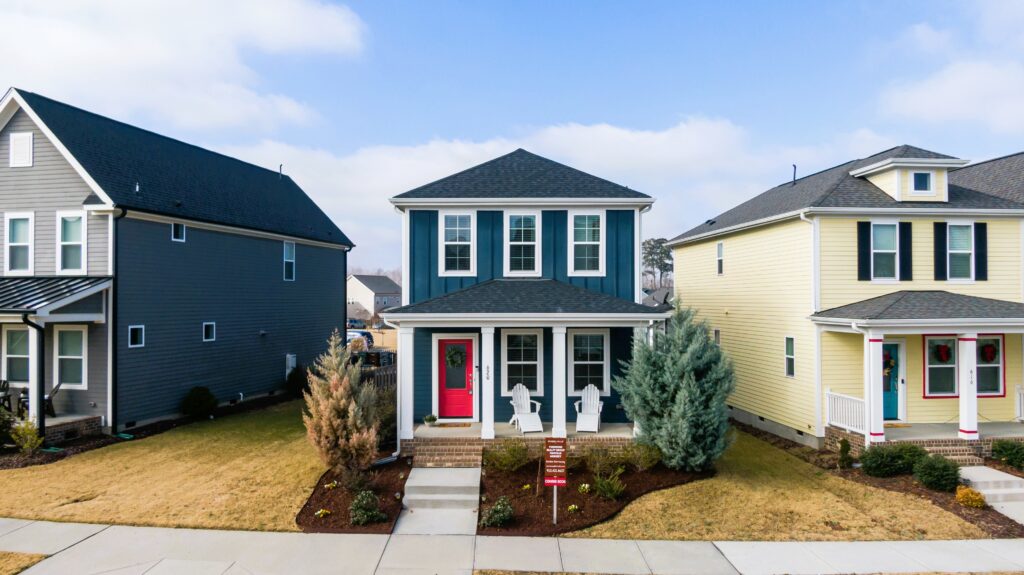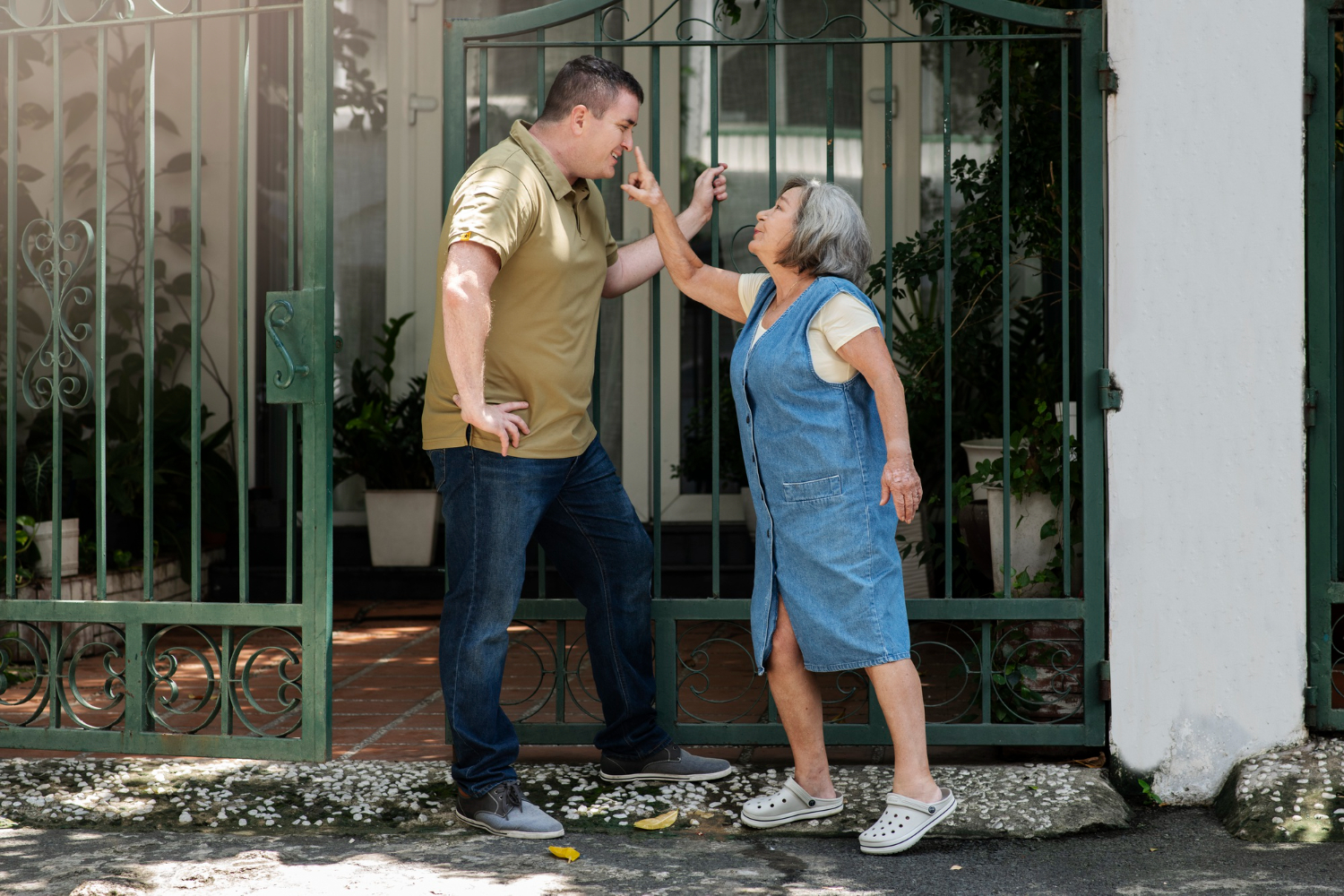When it comes to security for your homeowner’s association, there are a few options that you can consider. You could hire security guards, but this can be expensive and may not be the most effective solution. Another option is to install security cameras in the common areas of your community. In this blog post, we will discuss some of the things you need to know about security cameras and HOAs, such as how to get started, the aesthetics and placement, as well as policy and footage management.
Understanding What Your HOA Can Install
In California, HOAs can install surveillance cameras in public areas such as entrances, common areas, parking garages, etc. These cameras, however, cannot have the ability to view areas where residents have a reasonable expectation of privacy. This means that if your camera can view the private areas of a resident’s home, a locker room or restroom, or other areas that may be deemed private to a resident, then you’ll have to relocate the camera. The best practice would be to keep the cameras away from windows and doors that are attached to your resident’s units to ensure no accidental capturing of footage of these private areas will occur.
Audio recordings are also legal in California, but follow the same privacy protocols as video. If your audio recorder can pick up conversations from within a resident’s unit, or in another area that may be deemed private, then you must move that audio recording device to a common area.
Before You Start Planning
It is likely that you’ve discussed installing cameras in your HOA Board Meetings a few times before deciding to move forward. Before jumping into making plans, you should consult your community attorney and insurance agent to weigh the pros and cons. There may be considerations you need to make before moving forward with the planning of the security system project.
Camera Systems and What Your HOA Should Consider
When it comes to choosing the best camera system for your HOA, there are a few things you’ll need to take into consideration. The first is your budget. Depending on the size of your community and the number of cameras you’ll need, the price can range from a few hundred dollars to a few thousand. It’s important to do your research and find a system that fits both your needs and your budget. The second thing you’ll need to consider is what type of camera system will work best for your community.
CCTV Cameras
Closed-Circuit Television cameras are more commonly known as video surveillance cameras. These cameras can usually provide two to three weeks’ worth of video storage and typically require footage to be directly recorded within your surveillance network. No, these cameras do not notify police when a crime happens, but the footage can be used after the fact to hopefully assist in the investigation. Also, if the camera is visible or signs have been posted to indicate the cameras are recording, that can help deter criminal activity.
With the access of Wireless Cameras and cloud-based surveillance, it is a fair question to wonder if you could use these technologies instead of a CCTV Camera. Here is the thing, you cannot store the footage obtained on a personal computer or device. Suffice it to say, it is best for you to have the footage to be directly stored on a device that belongs only to your HOA.

License Plate Reader Cameras (LPR)
Another camera type often used by HOAs are LPR cameras. These cameras are designed to capture the license plate numbers of vehicles as they enter and exit the community. This information can be used to help identify suspicious activity, track down missing vehicles, or even catch parking violators.
A few downsides to using LPR Cameras is that some criminals actually cover their license plates, making it difficult to catch a suspect involved with a crime that may have taken place in your community. Also, many community members have been outspoken about privacy concerns more so with LPR cameras, making it a touchy subject.
Aesthetics and Placement of Your Cameras
The next thing you’ll need to consider when it comes to security cameras and your HOA is aesthetics and placement. You’ll want to make sure that your cameras are placed in strategic locations where they can get the most coverage, but are still sensitive to areas where privacy would be expected. Place them high enough so they are not easily accessible to those passing by to avoid vandalism and make sure that your cameras are not obtrusive or interfere with the aesthetic of your community. Keep in mind that a power source and connection to your network will be needed, which may require additional wiring. For this reason, you may want to spend some time consulting your community’s maintenance to plan out the camera system prior to purchase.
Dummy Cameras and Signs
Another security measure that some HOAs take is to install dummy cameras or post signs indicating that their community is being monitored by video surveillance. The thinking behind this is that the presence of a camera, even if it’s not actually recording, can help deter crime. Dummy cameras are usually much less expensive than actual functioning cameras and can be just as effective at deterring crime.
Defining Your HOA’s Policy
Before you begin to install any security cameras in your HOA, it’s important to consider everything you will need to have a clear and defined policy in place. This policy should outline the purpose of the cameras, where they can be placed, how footage will be managed, and who will have access to it. Let’s break down some of what that policy will look like for you.

Footage Management and Review
It’s important to have a policy for how long footage will be stored, who will have access to it, how often it will be reviewed and how it will be used. This may be partially dictated by the type of camera system you’ve decided to install. For example, if you have a limited amount of memory space you’ll need to make a plan for reviewing that footage and backing it up based on your system’s memory bandwidth.
You’ll also want to outline who will be responsible for ensuring the review, when the backup has taken place and what accountability or reporting will need to be accounted for. Will this be a task that is shared within the HOA’s board, or will it be designated to specific members? It is advisable that no one person, outside of law enforcement, should review the footage in private. This should be completed as a team, however, you may also want to consult your community’s attorney for guidance on management policies and practices.
Reporting an Incident and Proper Sharing Practices
Another area of your policy you should plan for is how to respond to and report an incident. If an incident is witnessed on the footage, but has not been reported to the HOA, how will you address this as a board? Do you have an incident reporting guideline already in place for your community you can follow? It is important to review this information and expand on that within your surveillance policy.
When an incident has occurred and footage has been requested the chain of custody should be documented. Who viewed the footage and if it was ultimately turned over to the police should be detailed with dates and signatures. This will ensure that if there is any question about an incident that took place or concern about how you handled the footage, you’ve done your due diligence and will not be held responsible for improperly reporting the details of an incident.
Notifying Your Residents and Moving Forward
Once your surveillance policy has been created and is in place, you can notify your residents of your intent to install the cameras. Be sure to outline the security measures you are taking, emphasize that you respect their privacy, and share with your community how you’ll respond to incidents. Rest assured that if you’re open with your community and provide an opportunity for them to share grievances with the process, then when you’re ready to, you’ll be able to move forward knowing that your security camera system is legal and will be effective.
The key with any security measure is to make sure that it fits both the needs and budget of your HOA. There is no one-size-fits-all solution when it comes to security, but by taking the time to understand the law, choose the right system for your community, and create a footage management policy you can ensure that your HOA’s residents will feel safe and secure.




